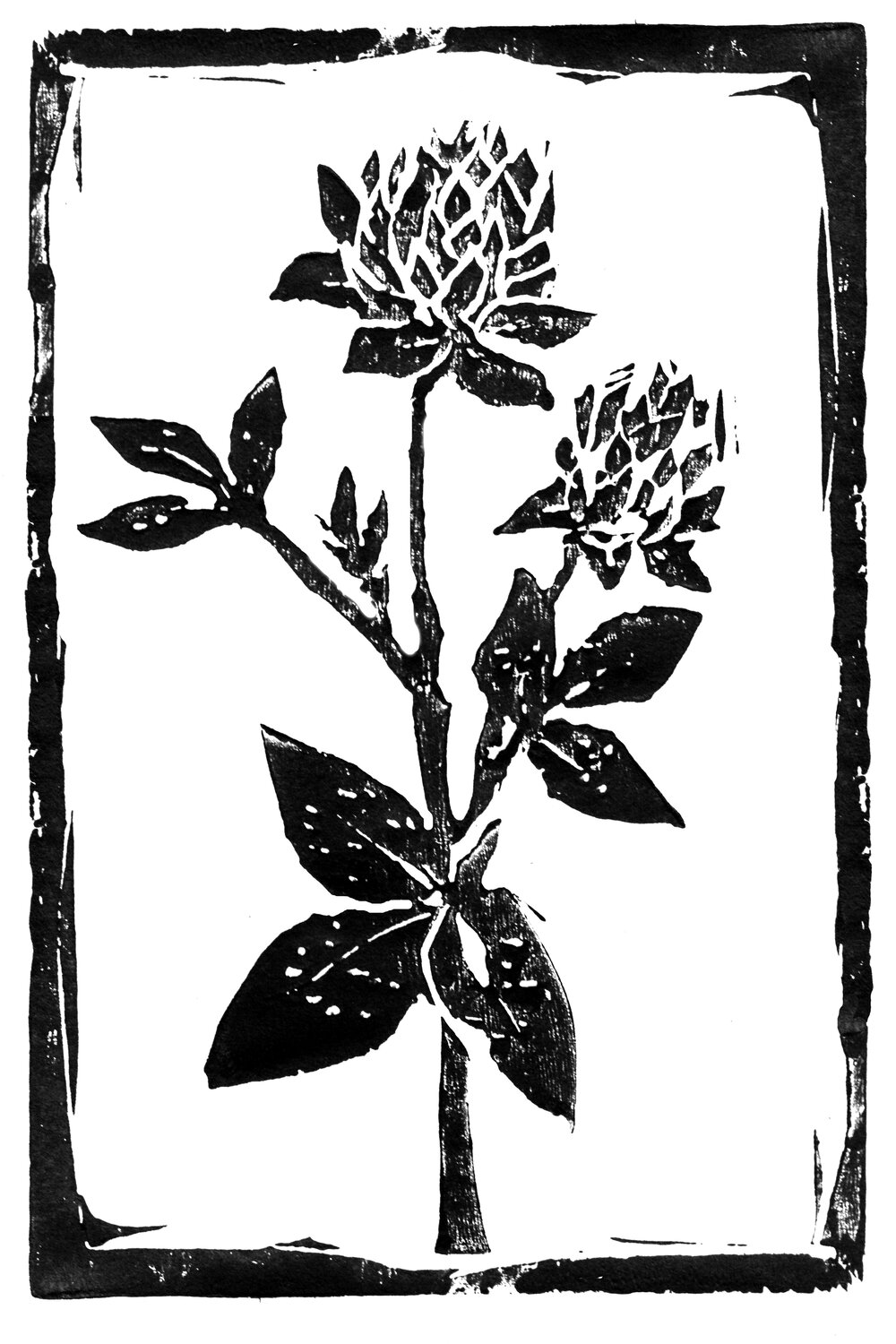All About Artichokes
The artichoke is a perennial plant in the thistle family native to the Mediterranean which was cultivated for its edible flower buds. Artichokes need mild winters (no colder than 20 degrees),
and mild summers (no hotter than 90). It usually sends up flower buds the second year. This confines most U.S. production to the central coast of California. However, there are some varieties that have been bred for annual production (flowering the first year) that can succeed in the northeast. Plant breeders select for a short vernalization (winter-chilling) requirement of about one week of night time temperatures between 40 and 50 degrees. This means that we can trick the plants into behaving as if they are entering their second year of growth, and thus flowering the year of planting. By timing things just right the plants will be exposed to the correct number of chilling hours and will produce flower buds this year. I use tree pots to accommodate the long taproot, plant them with mulch to keep the soil cool and moist and fertilize liberally. From an early May transplanting we see our first artichokes the beginning of July. The plants do seem stressed by the heat and humidity this week so I am giving them seaweed and fish emulsion sprays with the goal of getting them through the summer weather and into fall.
I am planning to increase the number of artichoke plants next year since everyone seems to enjoy them. Feel free to come out to the garden and see what the plants look like. They’re right near our hoop houses next to some tall sunflowers.
How to prep artichokes for cooking
If you are planning on cutting the buds into halves or quarters, have a bowl of water with a few tablespoons lemon juice at hand. First, cut off the top third of the artichoke. Then, if there are
thorns on the petals, slice those off. If you are going to steam them whole, slice off the stem so it will sit upright. You are now ready to steam them.
To quarter artichokes, you can leave the stem on. Take off a few layers of the outer petals since they are tough and inedible. Cut in half or quarters, then, use a spoon to scoop out any hairs if there are any. Drop into the acidulated water until ready to use.
-Farmer Aaron, CSA manager
My favorite zucchini bread
3 to 4 cups grated zucchini
3 cups flour
2 tsp baking soda
2 tsp cinnamon
1/2 tsp ginger
1/4 tsp nutmeg
1 1/3 cup sugar
2 eggs
2 tsp vanilla
1/2 tsp salt
3/4 cup butter, melted
1 cup chopped nuts
1 cup dried cranberries, raisins or chocolate chips
Preheat oven to 350 degrees and grease two 9” by 5” loaf pans. In a large bowl, mix flour, baking soda, spices, and salt. In another bowl, beat eggs slightly, then add sugar, vanilla, butter and zucchini. Add the wet ingredients into the dry and mix gently with a rubber scraper. Once it’s almost mixed, add the nuts and dried fruit or chocolate and fold together. Divide batter into the two pans and spread it out so it’s evenly distributed. Bake for 50 minutes. Cool in pans for 10 minutes then turn out to a wire rack to finish cooling.
recipe adapted from simplyrecipes.com
Japanese Pickles
1/2 cup rice vinegar
2 tsp sugar
1 tsp salt
6 cups thinly sliced cucumbers
1 mild sweet onion, thinly sliced
1 red or green fresh chile, seeded and finely sliced
Combine vinegar, sugar and salt in a small saucepan and heat just enough to dissolve sugar. Let cool to room temperature. Combine vegetables with the vinegar and toss gently. It will seem dry but the cucumbers will create more brine. Cover and refrigerate at least 30
minutes before serving. These will keep up to 6 weeks.
recipe from Serving Up The Harvest by Andrea Chesman
Vegetables
Lettuce
Summer Squash/Zucchini
Cucumbers
Eggplant, Beans or Artichokes
Sweet Onions
Tomato
Corn or Carrots
Kale
Herbs of note
Mints, Oregano, Lovage, Sage, Thyme, Dill, Bronze Fennel, Summer Savory, Marjoram,
Parsley, Cilantro, Borage, Lemon Basil, Basil, Lemongrass
Cut Flowers
Sweet Peas, Yarrow, Calendula, Bachelors Buttons, Amaranth, Sunflowers, Black-Eyed Susans,
Shasta Daisies, Cleome, Zinnia
Important Dates
August 1: Fresh chicken pickup
